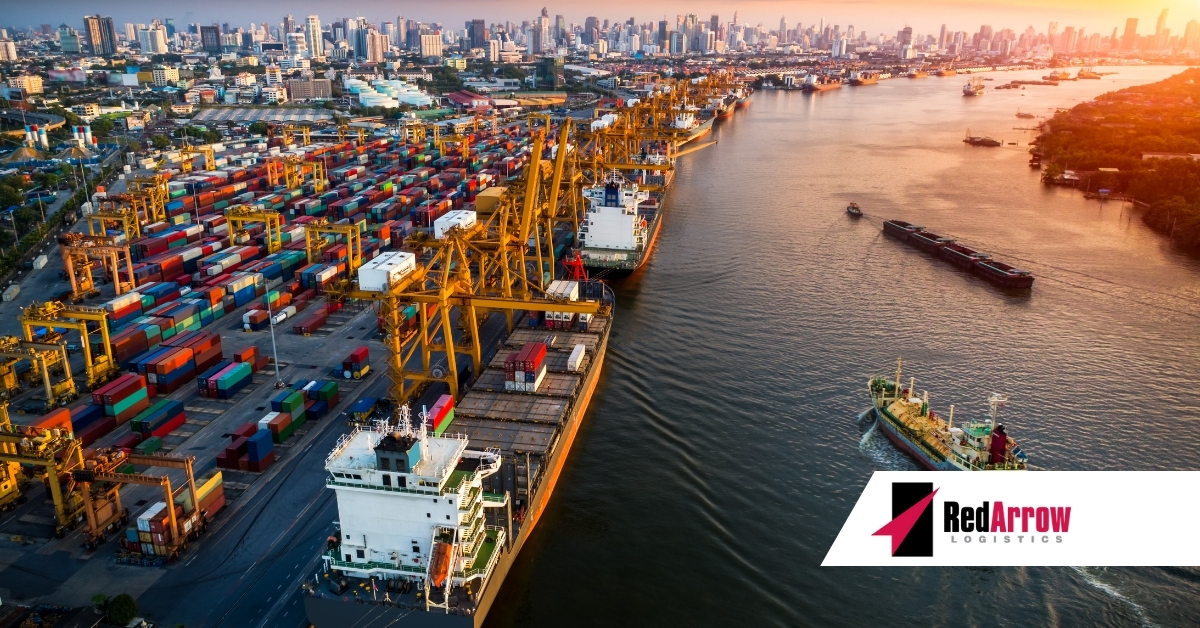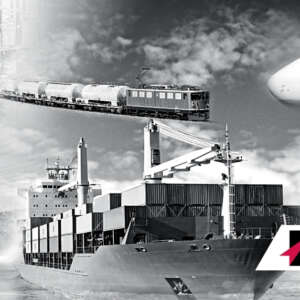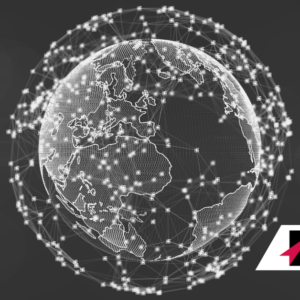Peak shipping season is here, and this year’s supply chain conditions will most likely make for another challenging season. It looks to be another year of strong e-commerce demand, yet some uncertainty of exactly how much due to inflationary pressure. Retailers and manufacturers may have a difficult time predicting exactly how much is needed, with rising inflation and the resulting cutback in consumer spending.
Why is Peak Shipping Season Important?
Peak shipping season begins this month and lasts until the end of fall, usually until Thanksgiving. With an increased demand for the upcoming holiday season, peak shipping season starts in the summer as businesses start stocking up for holiday shopping. Capacity is often tight and freight rates are higher.
Even efficient supply chains struggle to find capacity during peak shipping season. However, not only is it difficult to find freight capacity, but service levels decrease while freight pricing increases. Both e-commerce and brick-and-mortar companies must keep up with the increased demand. Since peak season occurs every year, advanced planning and the use of historical data can help your business get through this challenging season.
What to Expect this Season on the Ocean
Similar to last year, port congestion and longer container wait times are creating higher shipping spot rates on some ocean routes. Spot rates for the Europe/U.S. trade route are up about 2% currently, while the spot rates for China/U.S. West Coast have dipped slightly.
The decline that ocean spot rates were experiencing on many trade routes is most likely going to flip as congestion at ports becomes an issue once again. Global shippers should be ready for more volatility in the market in the latter half of 2022. In Europe, for example, port labor strikes and transportation disruptions have slowed the movement of containers in Germany and the U.K.
E-commerce Growth Will Increase Demand Further
While inflation has been causing a dip in e-commerce rates in the last few months, the question remains how similar this year will be to last. Peak season is still expected to impact global supply chains. Most freight forwarders and shippers can expect more disruption in the third quarter of this year but can rely on data from last year to understand how to handle peak season this year. Shippers will need to figure out the best way to ship individual loads.
Can U.S. Ports Handle the Pressure?
Peak season has already started in the U.S., and industry experts are predicting that this year’s peak season will most likely be similar to, if not worse than, last year. Container wait times at the Port of Oakland increased to 26.5 days after trucker protests shut down the terminals. This stopped operations for several days, and now the backlog could take weeks to clear. On the East Coast, the Port of Savannah, which has been receiving container trade from the Charleston Port, also has congestion with an average wait time of 7.5 days. The current backlog of containers at U.S. ports as well as the backlog of containers will add to the wait time for incoming vessels.
Blank or cancelled sailings will also affect container availability this peak season but cutting sailings will restrict the amount of shipping space available. These delays at ports in the U.S. are leading carriers to return to Asia early to fill their next scheduled sailing, which is already affecting available capacity and will result in higher shipping rates. A reduction in volume with cut spending may help to delay the price increase, but if volume increases sharply as it did last year in the fall, capacity will quickly tighten.
How strong peak season will be remains uncertain. Future bookings have shown the total container volume from China to U.S. ports is down, which indicates a slowdown in consumer spending. While this decreased demand should allow for more containers, congestion at the ports is affecting the supply.
Peak season is somewhat variable from year to year, making it difficult to predict exactly what will happen. Contact Red Arrow Logistics today to gain insight on how you can best deal with peak season capacity constraints and higher rates.
Your Trusted Partner
At Red Arrow Logistics, we provide expertise and white glove customer service with fast-growing, complex, and high-value supply chains. As the next-generation model of logistics companies, we offer tailored transportation and logistics solutions — from single shipments to complex over-dimensional and international orders.
Red Arrow offers the scale and scope of services including air, ocean, and ground transportation to meet the budget and schedule requirements of the largest and smallest companies alike. If we can be of assistance, please email us at info@redarrowlogistics.com or give us a call at 425-747-7914.





